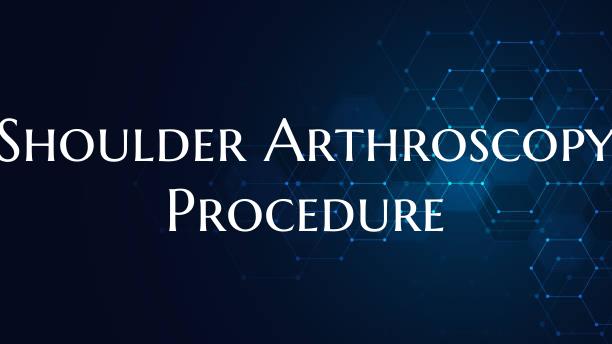
Shoulder Arthroscopy Procedure
Shoulder Arthroscopy: A Minimally Invasive Treatment for Shoulder Conditions
Shoulder arthroscopy is a minimally invasive surgical procedure that allows orthopedic surgeons to diagnose and treat various shoulder conditions. It is a preferred method for many patients due to its lower risks, faster recovery time, and potential for better outcomes compared to traditional open surgery.
During a shoulder arthroscopy procedure, a small camera, called an arthroscope, is inserted through tiny incisions in the shoulder joint. This allows the surgeon to visualize the internal structures of the shoulder, including the bones, cartilage, tendons, and ligaments. By examining these structures in real-time on a screen, the surgeon can accurately diagnose the problem and guide the necessary treatment.
One of the key benefits of shoulder arthroscopy is that it can be used to both diagnose and treat a wide range of shoulder conditions in the same procedure. Common issues that can be addressed via arthroscopy include rotator cuff tears, labral tears, shoulder impingement, frozen shoulder, and instability.
During the procedure, the surgeon may repair damaged tissues, remove inflamed tissue, or release tight structures that are causing pain and limited mobility. With specialized instruments inserted through additional small incisions, the surgeon can perform precise surgical techniques to improve the function and stability of the shoulder joint.
Recovery from shoulder arthroscopy is typically faster than traditional open surgery, with most patients experiencing less pain, swelling, and scarring. Physical therapy is often recommended post-operatively to strengthen the shoulder muscles, improve range of motion, and prevent stiffness.
While shoulder arthroscopy is generally considered safe and effective, it is important for patients to follow their surgeon's post-operative instructions carefully to promote proper healing. Complications from arthroscopy are rare but can include infection, nerve injury, or blood vessel damage.
In conclusion, shoulder arthroscopy is a valuable procedure for diagnosing and treating various shoulder conditions with less invasiveness and quicker recovery times. If you are experiencing shoulder pain or limited mobility, consult with an orthopedic specialist to determine if shoulder arthroscopy may be a suitable treatment option for you.